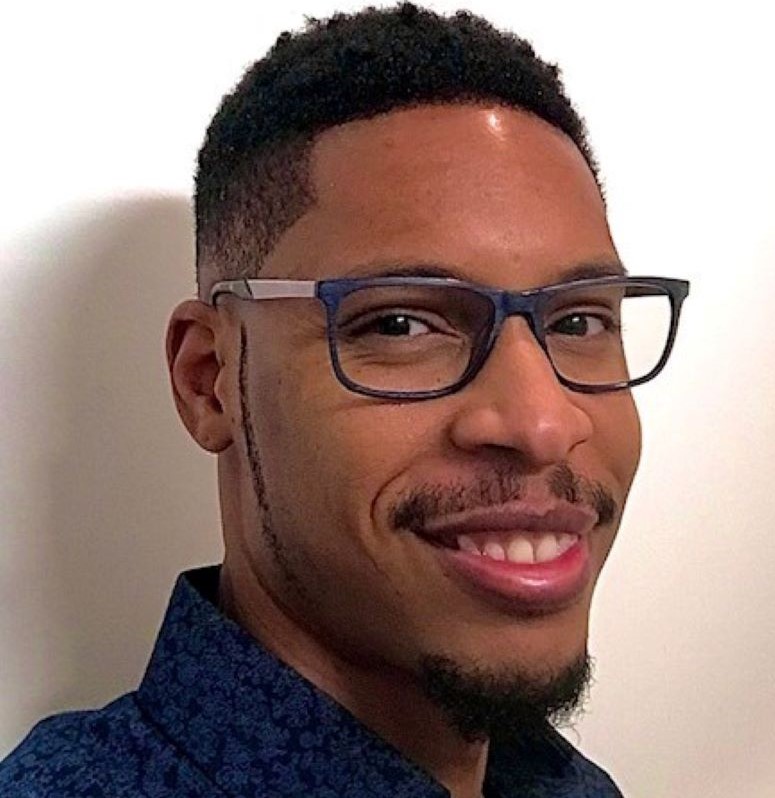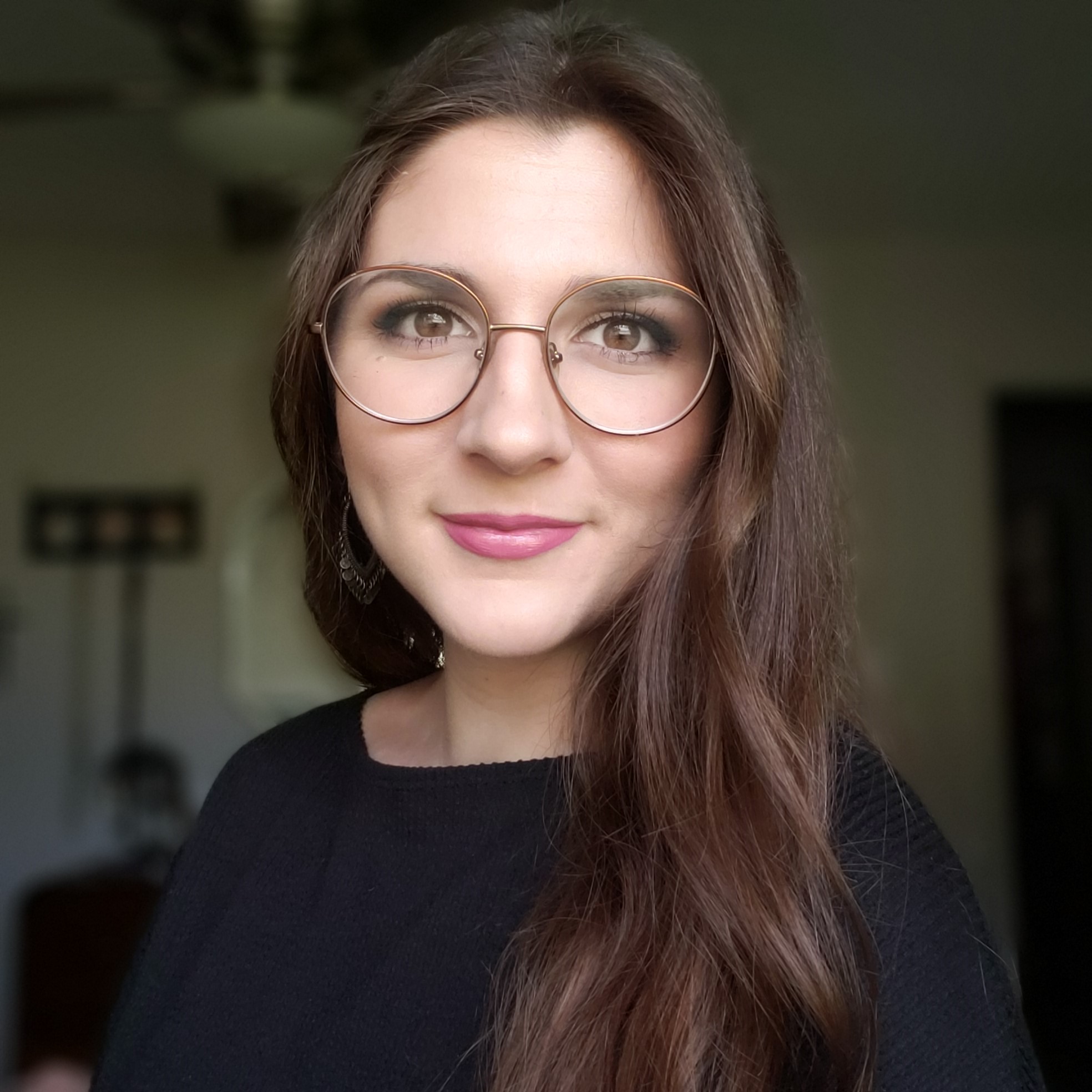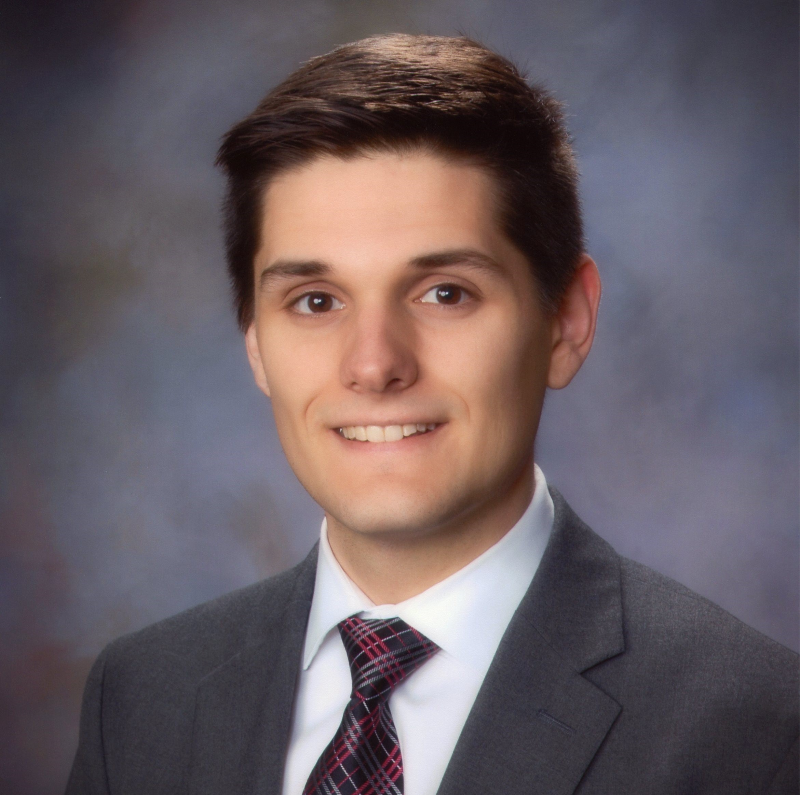Session 1: Research and Technology Applications
Moderator

Julie Hoover, Executive Implementation Support Specialist, Commercialization, Innovation and Synergies Office at NASA Goddard Space Flight Center
Julie Hoover is a dedicated supporter of NASA Space Grant who has participated in the NC Space Grant High Altitude Ballooning competition, the Louisiana Space Grant High Altitude Student Payload opportunity and the New Mexico Space Grant’s Swarmathon. Julie started her career as a remote sensing research fellow with the Mississippi Space Commerce Initiative at Stennis Space Center. After graduating from the University of Mississippi with a master’s in geological engineering, she served as the GIS technician at the Yazoo Mississippi Delta Levee Board. In 2003, Julie began teaching geology at Durham Technical Community College. In 2019, Julie moved to Maryland to help establish the Biomedical Engineering Innovation program at Johns Hopkins University before taking a position as the program coordinator in the Office of the Chief Knowledge Officer at NASA Goddard. In 2020 she was chosen to support the formulation of the new Commercialization, Innovation, and Synergies Office which will commercialize space communications and navigation services for the agency’s upcoming lunar missions. In her free time, Julie leads Poorly Drawn Bikes, a team building a glorious sea turtle-shaped contraption for the American Visionary Art Museum’s Kinetic Sculpture Race, and is a house captain for the Christmas in April home improvement program.
Speakers

Matthew A. Mickens, Ph.D., Chief Science Officer at Elevate Farms, Inc.
As an alumnus of NC A&T State University, Dr. Matthew Mickens was awarded the North Carolina Space Grant Fellowship in 2007 which supported his master’s thesis on using luminescent minerals as a means to detect UV radiation. He was also selected for an NC Space Grant award in 2009 but waived the funding to accept the NASA Harriett G. Jenkins Predoctoral Fellowship award which supported the last three years of his Ph.D. studies to fabricate luminescent materials for LED lighting systems. The Jenkins fellowship also sponsored an internship opportunity for him at the Kennedy Space Center, which would lead to him being awarded a position in the NASA Postdoctoral Program at KSC. There, he studied LED light recipes for growing salad crops in space, produced several groundbreaking publications and was awarded the 2017 NASA Mentor of the Year for his achievements in mentoring his own NASA interns. Mickens is now chief science officer for Elevate Farms, which is an up-and-coming launcher of indoor vertical farms globally.

Stephanie Smith, Contamination Control Engineer, United Launch Alliance
Stephanie Smith is a rocket scientist at United Launch Alliance (ULA) and a graduate student studying Space Systems Engineering at Johns Hopkins University. After graduating high school, she attended Sandhills Community College where she received an Associates in Engineering and was selected as a recipient of a NC Space Grant Community College STEM Scholarship. This scholarship was awarded to students in community college who planned to pursue a bachelor’s degree in STEM at a four-year university. In 2016, she enrolled in the chemical engineering program at NC State University. After earning a bachelor’s degree at NCSU, Stephanie began her career as a rocket scientist (RS-1), or more specifically, a contamination control engineer with ULA. Her current role is focused on maintaining pristine cleanliness of rocket hardware throughout the design, build and launch phase of a mission in order to protect spacecraft customer hardware from molecular and particulate contaminants that have potential to jeopardize mission objectives. Her group is also responsible for Planetary Protection activities for applicable missions. During her first two years at ULA she has supported several national security missions for the US Air Force, US Space Force, NRO and several NASA missions including Parker Solar Probe, Solar Orbiter and Mars 2020 (Perseverance). Her current projects include NASA’s Lucy mission, the Artemis program and the development of ULA’s Vulcan Centaur rocket.

Ryan Theurer, Satellite Visualization Programmer, GVT LLC
Ryan is a GVT LLC contractor at the National Oceanic and Atmospheric Administration’s (NOAA) National Environmental Satellite, Data, and Information Service’s (NESDIS) Center for Satellite Applications and Research (STAR). He participated in North Carolina Space Grant’s community college high altitude ballooning competition in 2016, and in NASA’s Louisiana High Altitude Space Platform (HASP) project in 2017. Ryan went on to receive a bachelor’s in Information Science at the University of North Carolina at Chapel Hill. While at UNC, Ryan participated in two NASA internships, one at NASA Headquarters in Washington, D.C., in 2017 and the second at NASA Langley Research Center (LaRC) as part of the DEVELOP applied sciences program in 2018. At the DEVELOP internship, Ryan was the team lead for an interdisciplinary group of environmental and computer scientists that tested machine learning algorithms as part of NASA’s Data Cube Project. As a satellite visualization programmer at NOAA’s STAR, Ryan currently creates satellite data visualization tools for NOAA’s external data users and for internal STAR employees. This includes creating websites to display this data. Ryan is currently working on a COVID Dashboard website to exhibit satellite data that highlights the effect COVID has had on global pollution.